The Next Device Generation
Re-learning movements
Comprehensive therapeutic concept
Learn
to move
Functional Electrical Stimulation
by MED-EL
MED-EL develops innovative medical devices that change people’s lives in a positive and sustainable way. Our focus is on functional electrical stimulation (FES) for neurological disorders and complex movement disorders.
We are STIWELL® Neurorehabilitation
As part of MED-EL, STIWELL® Neurorehabilitation develops innovative medical products for rehabilitation in neurology and orthopedics. By using knowledge and experience, we develop sophisticated technical solutions to help people improve their quality of life.
Functional Principle of the Functional Electrical Stimulation
Functional electrical stimulation (FES) can be used to stimulate up to four muscles, either in succession or simultaneously. This trains daily routine movements, such as the gripping of objects. The patient uses the measurement of electrical muscle activity (EMG) to trigger the pulse. The brain receives visual, proprioceptive, and motivational feedback. This can lead to a reorganisation of the patient's brain, and thus to its improved functionality.
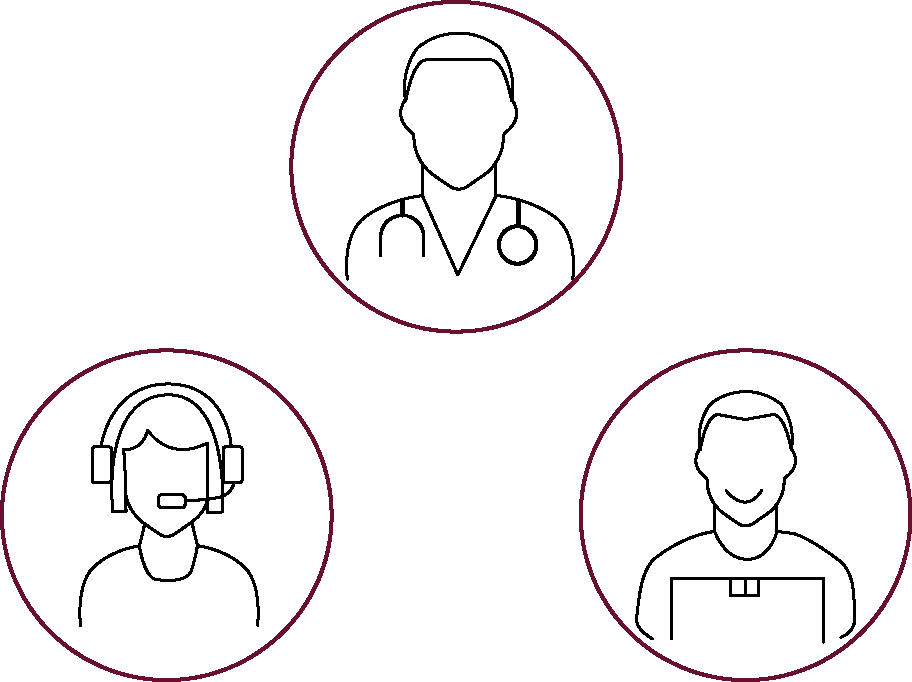
STIWELL® rental & purchase options
Currently, STIWELL® electrical stimulation devices are only available in Europe. If you would like to inquire about the options available in your country, please contact us




